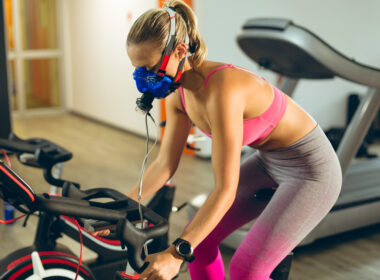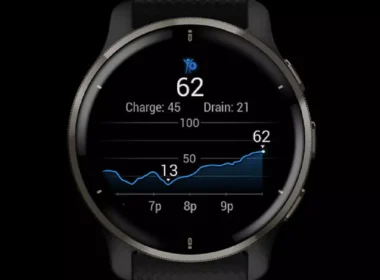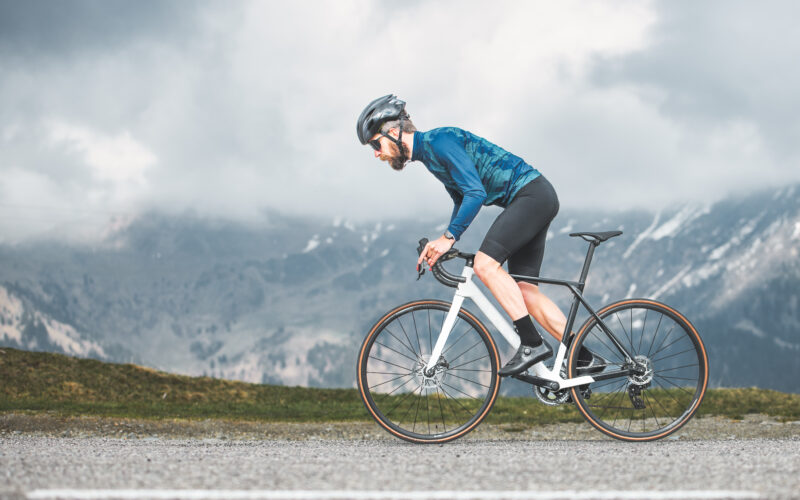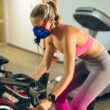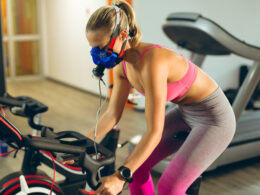A few months back, I wrote an article about nutrition, emphasizing the importance of focusing on the basics before seeking quick fixes. Just as there’s no magic pill for instant weight loss, no single piece of cycling equipment will instantly make you faster. Too many amateur cyclists spend hours searching for the perfect tire or the ultimate piece of gear when their primary focus should be on bike-specific training. After all, no equipment can compensate for a power-to-weight ratio at FTP under 2 watts per kilo. While seeking speed through the equipment is right, these are marginal gains, not primary focus points. This article, therefore, presents a hierarchy of importance for cyclists, guiding you to optimize your performance by focusing on key areas.
Table of Contents
Mastering the Pedals
Importance of Bike-Specific Training
Bike-specific training is the cornerstone of any successful cycling regimen. It’s about understanding your bike, how it responds, and how your body interacts. This involves learning how to handle your bike in different situations, such as climbing, descending, and cornering. It also includes developing a smooth and efficient pedaling technique, which can help you maintain a higher speed with less effort. Moreover, bike-specific training should include workouts that mimic the demands of your target events, such as long endurance rides for gran fondos or high-intensity intervals for criteriums. This training directly contributes to your cardiovascular endurance, one of the five elements of fitness, by improving the ability of your heart, lungs, and blood vessels to deliver oxygen to your body tissues during sustained physical activity.
Strengths, Weaknesses, and Limitations
Understanding your strengths, weaknesses, and limitations is crucial in cycling. Strengths are where you excel, weaknesses are areas that need improvement, and limitations restrict your performance.
However, it’s important to remember that just because your power profile indicates you’re a sprinter, it doesn’t guarantee a win in the final sprint of a race. A slightly higher power-to-weight ratio at 5 seconds is just one piece of the puzzle. First, you must have the endurance to be there at the end of the race. Second, you need the tactics, skill set, and mental fortitude to navigate the final sprint successfully. Winning a race is about more than just raw power; it’s about strategy, resilience, and the ability to seize the moment when it counts.
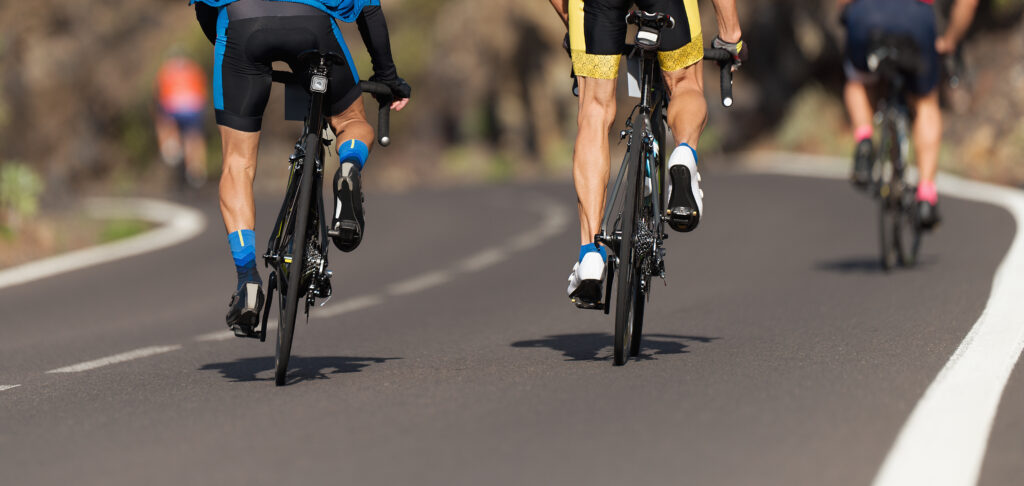
Ready to master the pedals? Start incorporating these bike-specific training tips into your routine today and experience the difference!
Body Composition for Optimal Performance
Role of Body Composition in Cycling Performance
Body composition plays a crucial role in cycling performance. It refers to the proportion of fat, bone, water, and muscle in the human body. Cyclists with a lower percentage of body fat and a higher percentage of muscle mass tend to perform better because muscle is more efficient at producing power than fat. Moreover, carrying less body fat can make it easier to climb hills and accelerate, as you have less weight to move. This directly relates to the fifth element of fitness, body composition, which involves having a lower percentage of body fat and a higher percentage of lean muscle mass.
Power-to-Weight Ratio
The power-to-weight ratio is a critical metric in cycling. It’s the amount of power a cyclist can produce per unit of weight. The higher the power-to-weight ratio, cyclists can go uphill or against the wind faster. This is because a lighter cyclist with the same power output as a heavier cyclist will be able to climb faster and resist wind drag more effectively. Therefore, improving your power-to-weight ratio by increasing your power output or decreasing your weight can significantly enhance your cycling performance. For many amateur cyclists, decreasing the weight side of the equation is much easier than increasing power. So, the best approach is to focus on improving power on the bike and in the gym and managing weight in the kitchen.
Want to optimize your body composition for cycling? Begin by focusing on your power-to-weight ratio. Start tracking your progress today! Check out MacroFactor!
Fueling Your Ride: Timing, Portion Sizes, and Nutrient Balance
Fueling your ride correctly can make a big difference in your cycling performance. This involves optimizing meal timing, portion sizes, and nutrient balance.
Meal timing is about coordinating your meals and snacks with your training schedule to ensure that you have enough energy for your workouts and can recover effectively afterward. This might involve eating a carbohydrate-rich meal a few hours before a long ride or having a protein-rich snack after a high-intensity workout to support muscle repair and growth.
Portion sizes are about eating the right amount of food to meet your energy needs without overeating. This can help you maintain optimal body composition and weight for cycling.
Nutrient balance is getting the right mix of carbohydrates, proteins, and fats in your diet. Carbohydrates are the main fuel for high-intensity cycling, proteins are essential for muscle repair and growth, and fats are a valuable energy source for long, low-intensity rides.
Knowing the caloric burn of your ride or gym workout can help make correct post-workout food decisions. As much as you might think you burned during your ride, you haven’t burned enough to be rewarded with a high-calorie meal like a Chipotle bowl that can range from 1085-1550 calories.
For more information on how to optimize your nutrition for cycling, check out this article: Nutritional Hierarchy: Essential Factors for Fat Loss and Muscle Growth

Off-the-Bike Power Boosters
Benefits of Resistance or Strength Training
Resistance or strength training is crucial to a cyclist’s training regimen. It helps improve torque, the force that helps you pedal harder and faster. It also enhances your bike position and stability, allowing for more efficient power transfer and better control over the bike. Moreover, strength training can help prevent injuries by improving muscular balance and joint stability. It can also boost your sprinting power and climbing ability, as stronger muscles can produce more force and sustain higher levels of effort. This directly contributes to the second and third elements of fitness, muscular strength, and muscular endurance, by increasing the maximum force your muscles can exert and their ability to perform repeated movements or hold a particular position for an extended period.
Eager to boost your off-the-bike power? Incorporate these resistance training and conditioning exercises into your routine and feel your cycling performance soar!
Role of Conditioning in Cycling Performance
Conditioning exercises are designed to improve your overall fitness level, which can significantly enhance your cycling performance. Good conditioning can increase your endurance, allowing you to maintain a higher speed for longer and recover more quickly from intense efforts. It can also improve your climbing ability by enhancing muscular endurance and efficiency. Conditioning exercises often involve a mix of cardiovascular workouts and strength training, providing a well-rounded fitness boost that translates into better cycling performance.
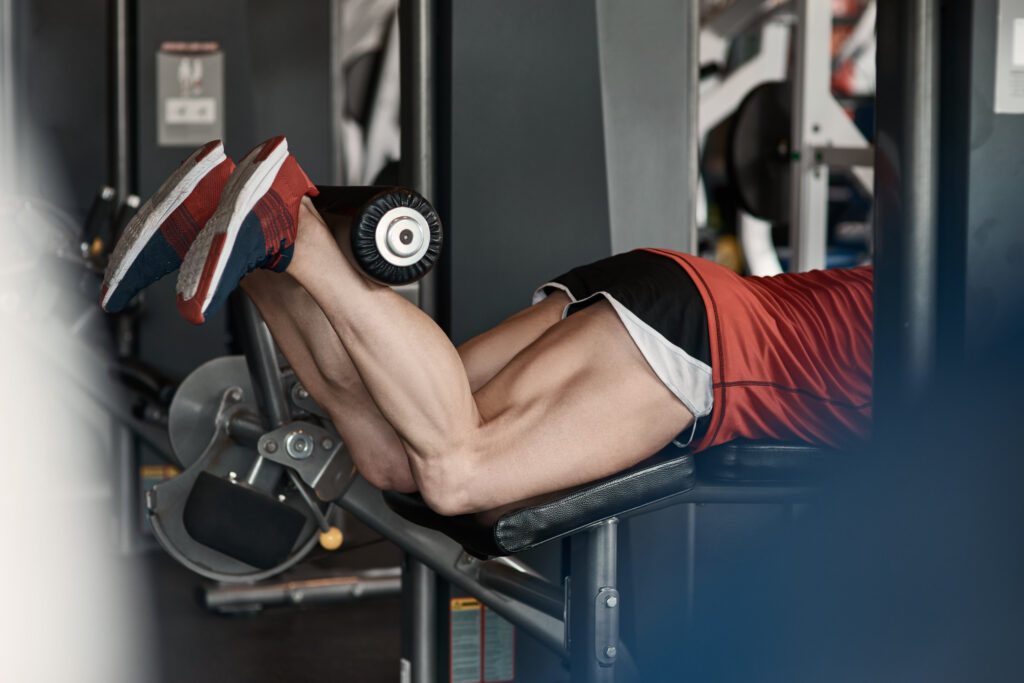
Recharge and Resilience
Physical Rest and Mental Resilience: The Unsung Heroes of Cycling Performance
Physical rest and mental resilience are critical yet often overlooked aspects of cycling performance. They are the unsung heroes that work behind the scenes, ensuring that cyclists are always at their best, ready to tackle the next challenge that comes their way.
Tracking Key Health Metrics for Optimal Recovery
Physical rest is not just about taking a break from cycling. It’s about giving your body the time to recover, repair, and grow stronger. One way to optimize your rest and recovery process is by tracking key health metrics such as sleep duration and quality, heart rate variability (HRV), resting heart rate (RHR), and respiratory rate. These metrics provide valuable insights into your body’s recovery process and readiness for training. For instance, a high HRV and low RHR are often associated with good recovery and readiness for training.
Mental Resilience: The Power of the Mind
Mental resilience, on the other hand, is all about the power of the mind. It’s about having the mental strength to overcome challenges, stay focused on your goals, and bounce back from setbacks. Effective stress management plays a crucial role in enhancing mental resilience. A high HRV is often associated with lower stress levels, while a high RHR could indicate increased stress. Therefore, monitoring these metrics can help you manage your stress levels more effectively.
Goal-Setting: A Tool for Enhancing Mental Resilience
Goal-setting is another powerful tool for enhancing mental resilience. By setting realistic and challenging goals, like improving your sleep score or lowering your RHR, you can stay motivated and focused on your cycling performance. Tracking your progress towards these goals using health metrics can make the process even more rewarding.
Gear that Elevates
The Role and Timing of Equipment in Cycling Performance and Comfort
Before diving into the importance of gear, it’s essential to offer a caveat. While “Gear that Elevates” is listed towards the end of this article, it doesn’t imply that one should master all other aspects before considering their equipment. In fact, acquiring a good bike with a proper fit should be one of the first steps every cyclist takes. The gear’s placement in this hierarchy is to emphasize that while equipment is crucial, it shouldn’t replace the foundational work on the bike, in the gym, and in the kitchen.
That said, the right equipment can make a significant difference in cycling performance and comfort. It can reduce the risk of injuries, increase your speed and efficiency, and make your rides more enjoyable. This includes optimizing your bike fit to ensure efficient power transfer and a comfortable riding position, choosing the right helmet for safety and aerodynamics, selecting the right tires for your bike and riding conditions, and wearing clothing materials that provide comfort and enhance aerodynamics.
However, it’s essential to maintain perspective. Upgrading from a Cervelo S3 to a Cervelo R5 simply because Jonas Vingegaard rode it to win the Tour de France might not be the best decision, especially if the former serves you well. Unless, of course, you have money to spare. In that case, gear up! But remember, equipment should complement your training and nutrition, not replace them. If you’re looking for more insights on optimizing your cycling journey, consider reading my article on “Why You Should Hire a Coach.”
Remember, while the right gear can help, it’s the marginal gains from mastering the pedals, optimizing your body composition, boosting your power off the bike, and recharging your resilience that truly elevate your cycling performance5
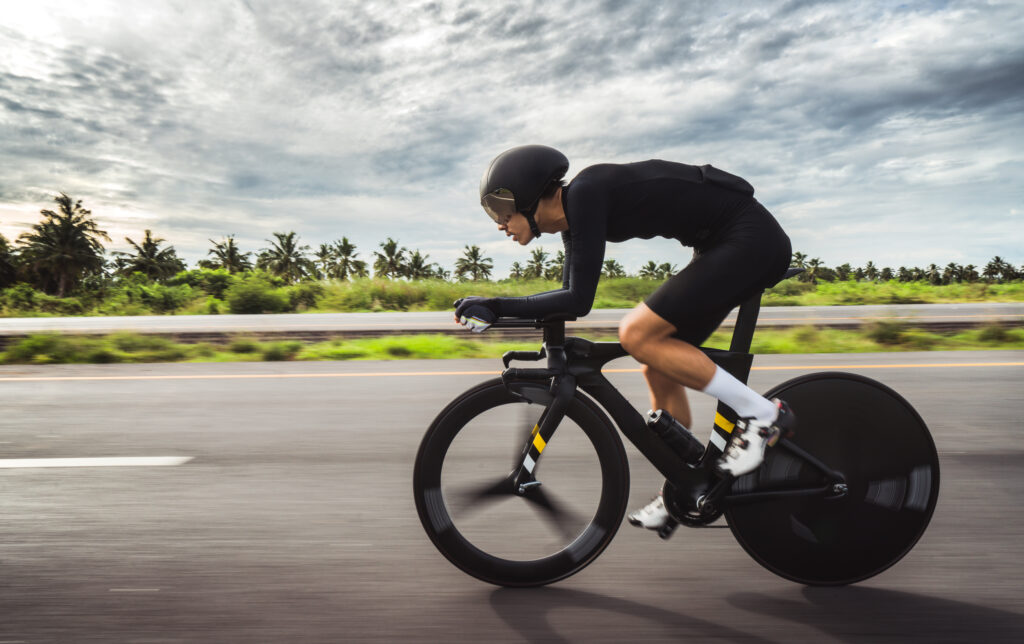
Ready to elevate your cycling performance with the right gear? Start by optimizing your bike fit and choosing the right helmet. Remember, the right gear complements your training and nutrition, it doesn’t replace them.
Conclusion
Cycling performance is a complex interplay of various factors contributing to the overall outcome. By understanding and focusing on the hierarchy of importance, cyclists can optimize their performance systematically and effectively. Remember, there’s no magic bullet for instant success in cycling. It’s about focusing on the fundamentals, making consistent improvements, and understanding that small gains in multiple areas can lead to significant overall gains in cycling performance and enjoyment.
FAQs
- What is the most important factor in cycling performance?
There’s no single most important factor in cycling performance. It’s a combination of various factors, including bike-specific training, body composition, off-the-bike power boosters, physical rest and mental resilience, and the right equipment.
- How can I improve my power-to-weight ratio?
You can improve your power-to-weight ratio by increasing your power output or decreasing your weight. This can be achieved through bike-specific training, strength training, and proper nutrition.
- What role does nutrition play in cycling performance?
Nutrition plays a crucial role in cycling performance. It provides the energy for your rides, supports muscle repair and growth, and helps you maintain an optimal body composition.
- How can I improve my cycling endurance?
Cycling endurance can be improved through long, steady rides that increase your body’s ability to use fat as fuel, high-intensity intervals that boost your cardiovascular fitness, and proper nutrition and recovery to support your training.
- What equipment can help improve my cycling performance?
The right equipment can enhance your cycling performance and comfort. This includes a well-fitted bike, the right helmet, suitable tires, and comfortable, aerodynamic clothing.


